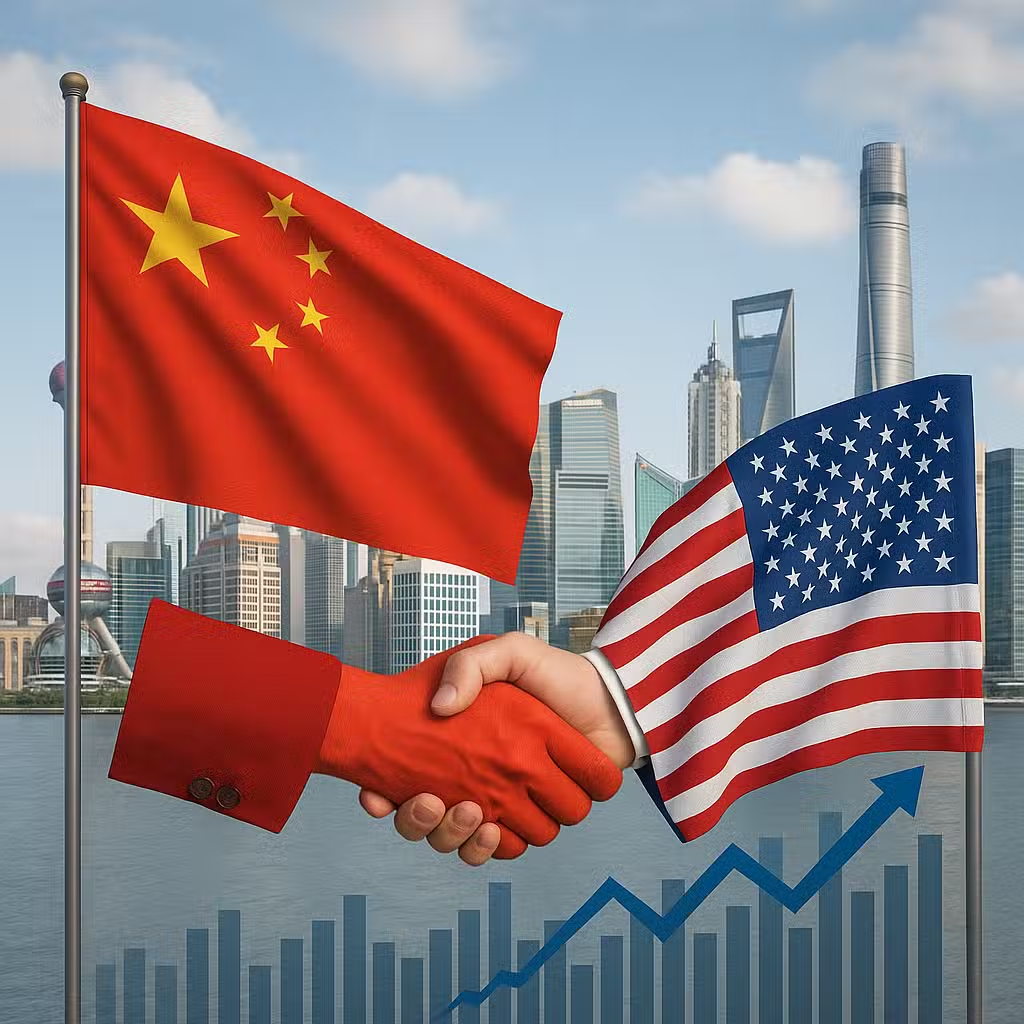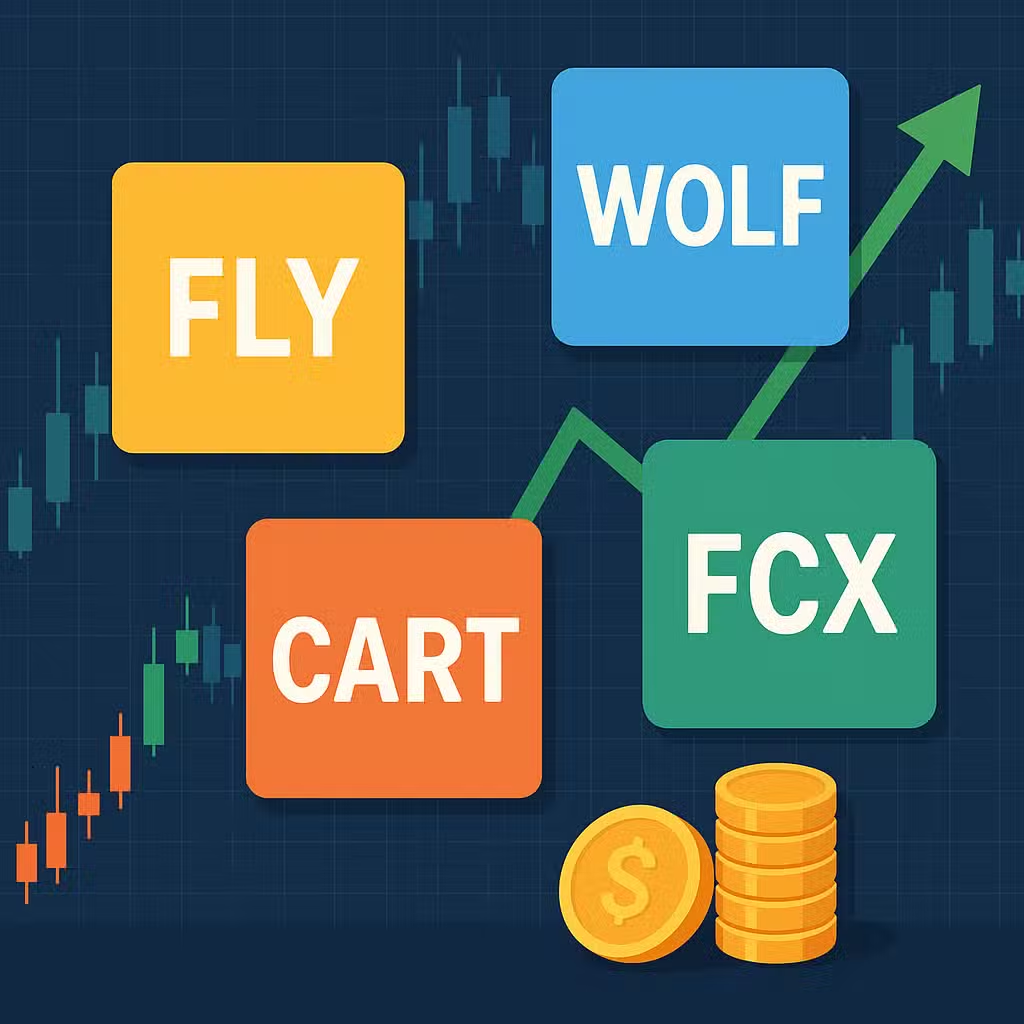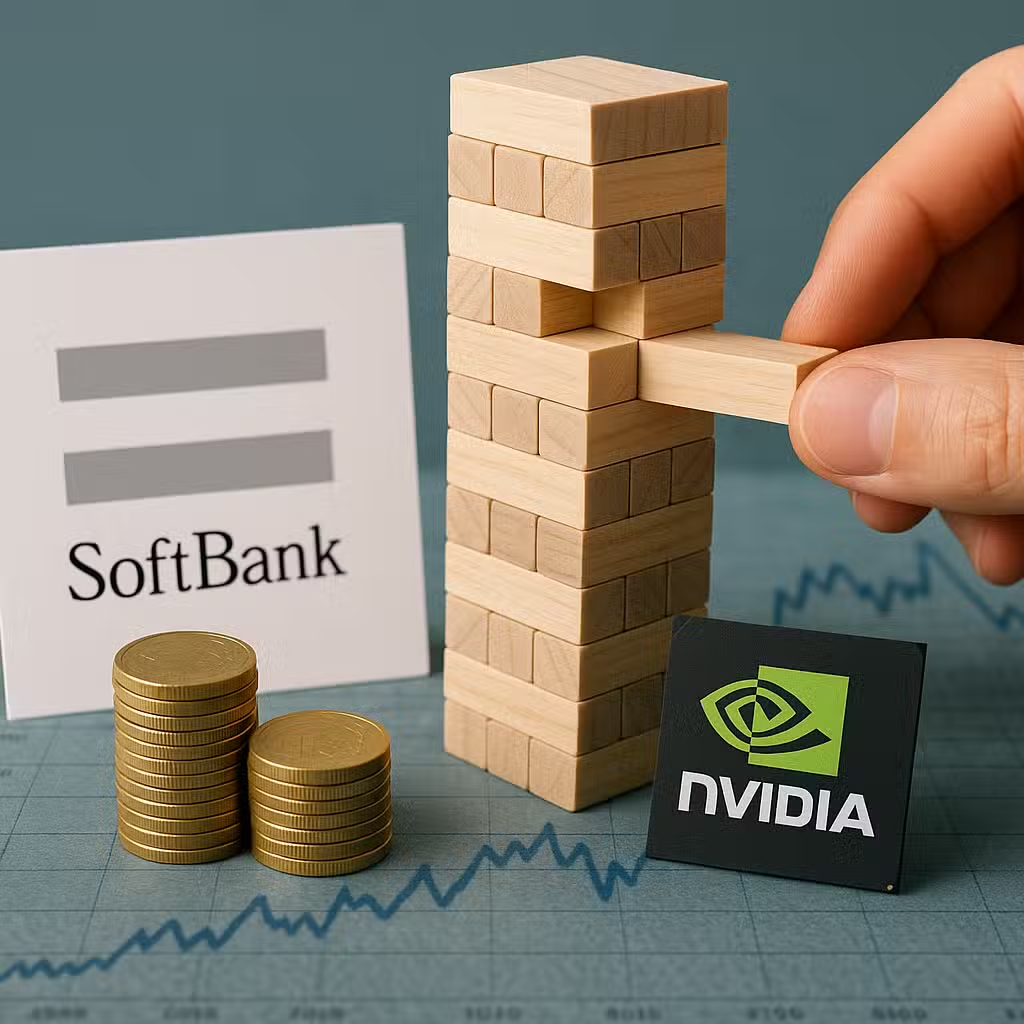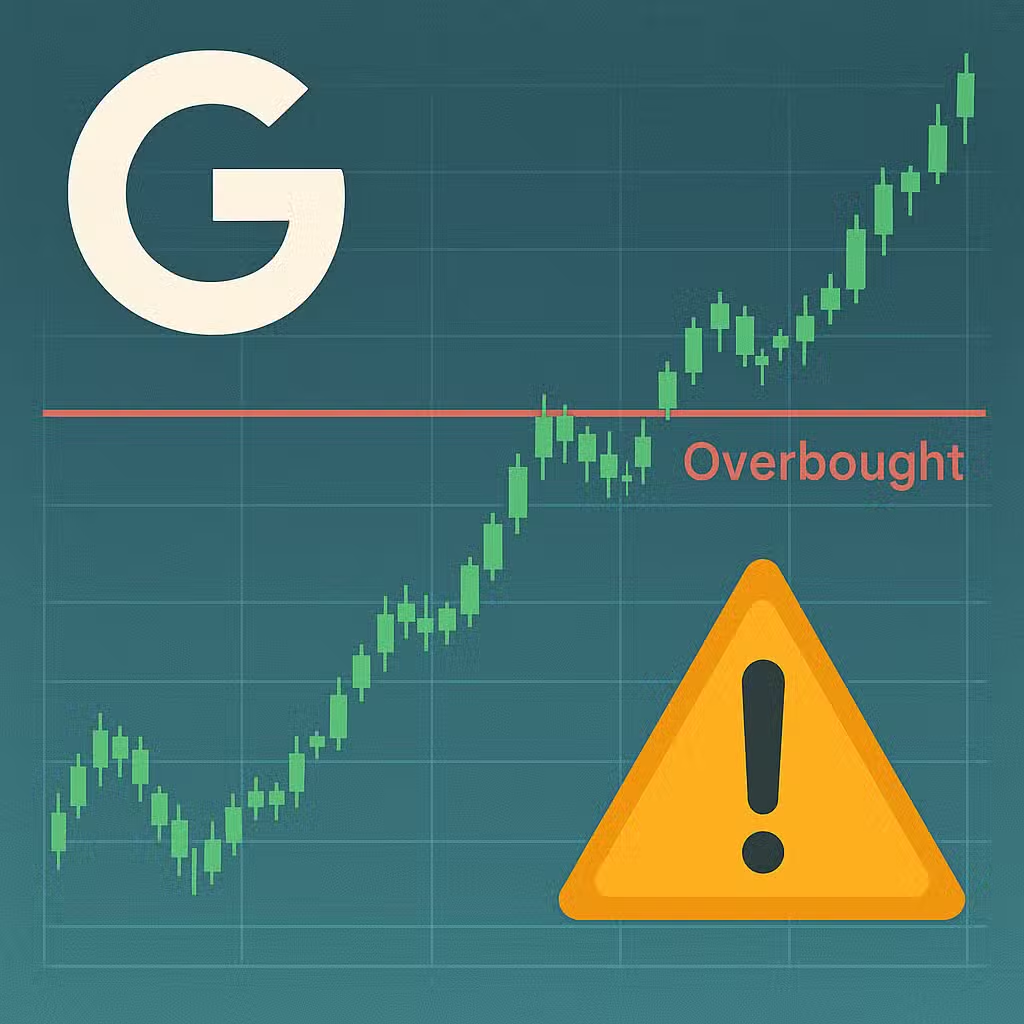China–US Trade Relations Improve, Offering Fresh Opportunities for Investors as APEC Summit Nears
Imagine you’re building a huge LEGO set, but suddenly, one of your friends who supplies special pieces stops sending them. That’s a bit like what’s happening between China and the U.S. with rare earth magnets—key parts in everything from smartphones to electric cars. This matters because if the pieces stop coming, it could slow down building for everyone.
What’s Happening With Rare Earth Exports?
China’s exports jumped 8.3% in September compared to last year, showing strong overall business. But there’s a twist: China sent almost 29% fewer rare earth magnets to the U.S. than it did just a month before. Rare earth magnets are tiny but mighty parts used in electronics, cars, and even wind turbines.
Other countries like Germany, South Korea, and Vietnam still got plenty of these magnets. But U.S. imports from China dropped by 27% compared to last year. This isn’t just a small change—it’s a big shift in how countries trade these important materials.
Why Investors Should Care
Rare earth elements are like the secret sauce in lots of modern technology. If supplies get cut off or slowed down, it can shake up entire industries. For investors, this means companies in tech, electric vehicles, and green energy could see costs go up or even slowdowns in production.
- Pros: Companies outside China might get a chance to grow if buyers look for new suppliers.
- Cons: Prices for rare earths could spike, hurting profits for manufacturers and raising prices for consumers.
This isn’t just about gadgets. The International Energy Agency says demand for rare earths could grow three to seven times by 2040 if clean energy keeps expanding (IEA source).
Both Sides of the Trade Tension
- Bulls: Some investors see opportunity if the U.S. finds new sources for rare earths or boosts recycling. Companies in Australia or Canada that mine these minerals could benefit.
- Bears: Others worry that supply chain problems could hit big companies hard, especially if no quick replacement for Chinese exports is found. This could mean more volatility in the stock market, especially for tech and auto stocks.
On top of that, China stopped buying U.S. soybeans in September—the first time since 2018. This adds fuel to the trade fire and makes things even more uncertain for farmers and investors in agricultural stocks.
What’s Next With Trade Talks?
The U.S. and China are about to meet at a big summit (APEC) to try and smooth things over. The U.S. wants China to buy more soybeans, stop sending illegal drugs like fentanyl, and keep selling rare earths. But experts say getting all three might be a long shot.
There are hints the U.S. might lower tariffs (extra taxes on imports) to help calm things down. If that happens, it could boost Chinese factories and help the global economy, but nothing is certain yet.
Market Reaction So Far
Stock markets in China have gone up a bit on hopes that tensions will ease and that the economy is bouncing back. The CSI 300 and Shanghai Composite both saw small gains, while Hong Kong’s Hang Seng Index jumped almost 1.5%. Still, these markets aren’t back to their highest points from earlier in the year, showing investors are still cautious.
Historically, trade fights like this can make markets shaky. For example, during the 2018-2019 U.S.-China trade war, the S&P 500 saw several sudden drops and rebounds (Council on Foreign Relations).
Investor Takeaway
- Watch supply chain stocks. Companies that depend on rare earths or trade with China could see more ups and downs.
- Look for new winners. Miners and recyclers of rare earths outside China might see more demand if the U.S. looks for new suppliers.
- Diversify your portfolio. Spread out your investments to avoid getting hit too hard by any one sector.
- Stay updated on trade talks. News from the APEC summit and U.S.-China meetings could quickly change the outlook for many stocks.
- Keep an eye on related sectors. Agriculture and tech are especially exposed to trade disputes, so they may offer both risks and opportunities.
For the full original report, see FX Empire







